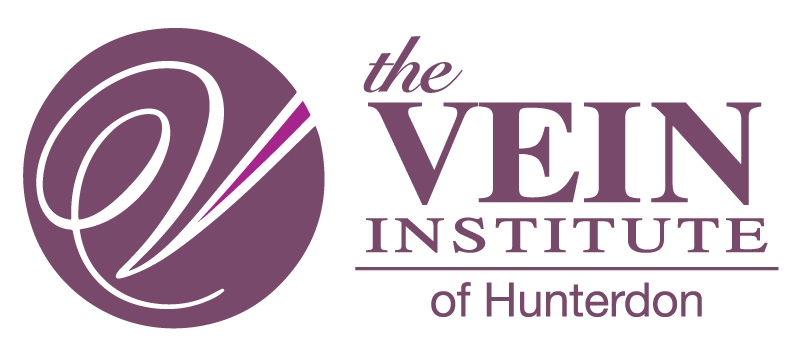Varicose Veins
What Are Varicose Veins?
Varicose veins are enlarged, twisted veins that sit just under your skin. They’re usually blue or purple and most often show up on your legs. That’s because walking and standing put a lot of pressure on the veins in your lower body.
Normally, one-way valves inside your veins keep blood moving up toward your heart. When those valves get weak or damaged, blood can flow backward and collect in the vein. Over time, the vein stretches, bulges and becomes visible. That’s how varicose veins form.
You might notice these veins for cosmetic reasons, or you might feel discomfort, heaviness or swelling. Even if they don’t hurt now, they can still lead to problems if you ignore them.
Contact Us
Difference Between Varicose Veins And Spider Veins
Spider veins are smaller and closer to the surface. They might look like red, blue or purple lines that branch out in thin patterns. You’ll usually see them on your legs, but they also appear on your face or hands, especially if your skin is thinner or you’ve lost some fat in your hands.
Varicose veins are similar, but they are larger, twisted and often feel like cords. Spider veins rarely hurt, but varicose veins can cause pain, cramping or swelling.
Symptoms
Varicose veins can cause more than just visible changes. You might notice:
- Swelling in your legs, ankles or feet
- A heavy, tired feeling in your legs
- Pain that gets worse after sitting or standing too long
- Cramping, burning or throbbing
- Itching or discoloration near the veins
- Dry, thick or hardened skin in severe cases
Sometimes, untreated leg veins can lead to skin ulcers that take a long time to heal.
Risk Factors
Several things can raise your risk:
- Age: As you get older, your valves and vein walls lose strength
- Hormones: Changes during pregnancy or menopause can stretch the vein walls
- Pregnancy: Increased blood volume can enlarge your leg veins
- Family history: If others in your family have varicose veins, you’re more likely to get them
- Weight: Extra weight puts more pressure on your veins
- Sitting or standing too long: Staying in one position slows blood flow
- Smoking: It damages your veins and affects circulation
Even if you can’t change some of these, you can still take steps to reduce the impact.
Diagnosis
We start by looking at your legs while you’re standing. Your provider checks for visible leg veins, swelling or color changes. If needed, we use an ultrasound to see how blood moves through your veins and to rule out blood clots.
Treatment Options
If your symptoms are mild, you can try self-care first:
- Wear compression stockings
- Elevate your legs above heart level a few times a day
- Stay active and take breaks if you sit or stand for long stretches
- Maintain a healthy weight
If these steps don’t help or your varicose veins keep getting worse, we offer several treatments in our office:
- Endovenous Laser Treatment (EVLT): We insert a thin laser fiber into the vein through a tiny entry point in the leg. A targeted dose of laser energy is delivered directly into the vein wall, causing it to collapse.
- Radiofrequency Ablation: We make a tiny incision in the vein, into which a thin, flexible tube called a catheter is inserted. Thermal energy is then directed through the catheter, which heats up and damages the vein and causes it to collapse or close.
- Sclerotherapy: We inject a special solution into the vein, causing it to close off and gradually disappear. It works well on small leg veins, spider veins and visible hand veins that cause discomfort or cosmetic concern.
- Ambulatory Phlebectomy: If the vein is too large for sclerotherapy, we make tiny incisions to remove it. You’ll be awake and go home the same day. This is often used for surface leg veins that bulge or cause pain.
- VenaSeal™: VenaSeal is a non-thermal, non-surgical option that uses a medical adhesive to close the vein. We guide a small catheter into the vein using ultrasound, then apply a safe, medical-grade glue. This seals the vein, rerouting blood to healthier ones nearby.
In more severe cases, surgical options like vein stripping may be needed, though they’re less common and usually a last resort.
Let’s Talk About Vein Treatment That Works
You do not have to live with the discomfort or appearance of varicose veins. If your leg veins feel heavy or your hand veins are becoming more noticeable and painful, we’re here to help. Our providers will examine your veins, talk through your options and create a plan that fits your needs.
Contact The Vein Institute of Hunterdon today to schedule a consultation with our vein specialists and get personalized care that helps you look and feel better.
Schedule Your Appointment Today!
Give us a call at
(908) 788-0066
or schedule a free vein consultation to learn more!
